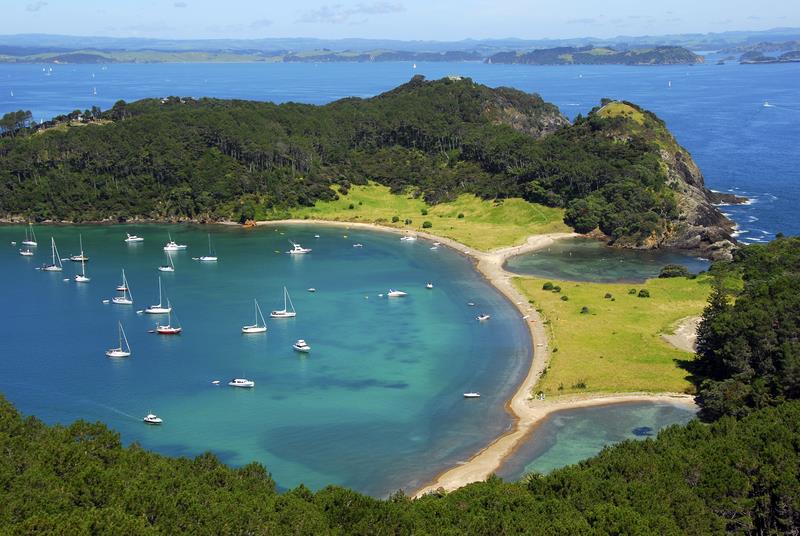
The four northern-most regions of NZ seek your opinion on marine pest management
by Zoe Wilde 17 May 2019 15:31 NZST
17 May 2019

Roberton Island, Bay of Islands, Northland, New Zealand © Marinepests.nz
Please take five minutes to provide the four northern-most regions of NZ who want to hear your thoughts about the broad options relating to clean hulls and other ways that marine pests can hitchhike, such as in ballast or bilge water and fishing gear.
As boat owners, readers of Sail World NZ will be very aware that changes to rules and regulations can mean work and expense to ensure compliance. Sometimes this can be a barrier to your enjoyment of your vessel.
The four northern-most regions of New Zealand are considering introducing shared, consistent rules in relation to marine pests that will make it easier to understand and comply with.
Currently, while the four regions collaborate and work together with support from Biosecurity New Zealand (a division of MPI), rules or policies for managing marine pests vary from region to region, which can be confusing.
A discussion document produced by the councils – Northland Regional Council, Auckland Council, Waikato Regional Council and Bay of Plenty Regional Council Toi Moana, outlines the options that are available to help boaties understand the actions they can take to reduce the spread, via the ‘pathways’ or various ways that marine pests can spread from one location to another.
The options are:
• Option 1 - Status quo – continue combined efforts and work towards a collaborative national pathway approach. In the meantime, each region keeps its own rules or policies for managing marine pests.
• Option 2 - Lead the way with consistent rules for marine pests. Develop consistent rules on managing hull-fouling across the four biggest regions – Northland, Auckland, Waikato and the Bay of Plenty
• Option 3 - Make rules for other pathways too. Along with rules for hull fouling, develop rules for other pathways like ballast water, bilge water and marine equipment.
The councils want to see what you think about these broad options, as well as some potential approaches to rules and policies, relating to clean hulls and other ways that marine pests can hitchhike, such as in ballast or bilge water and fishing gear. They will collate all of the feedback received, and use it to inform the shape of pathways management within the regions.
We encourage you to visit Marine Pests response request to download and read the consultation document, and submit your views on the various proposals, before 24 May 2019.